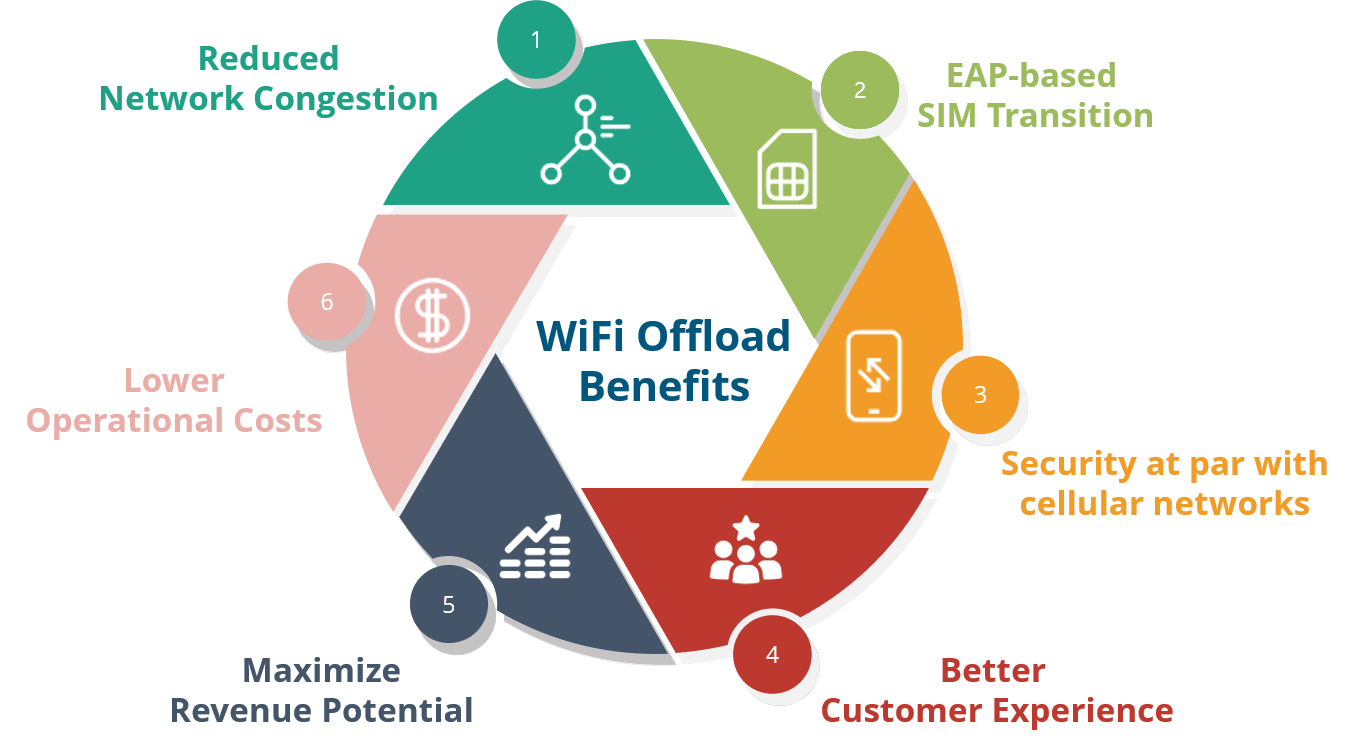According to GSMA’s report, The Mobile Economy 2018, the number of mobile internet subscribers will grow up to 5.8 bn by 2025. Mobile internet penetration is all set to reach 61% of the global population and 71% of unique subscribers by 2025. Global mobile data usage will grow five-fold by 2024. By 2025, the share of 4G services will rise to 59%, and 5G’s share will touch the 15%mark. This growth would directly induce a strong surge in data consumption.
However, this surge is difficult to support through the finite and scarce wireless spectrum. As 5G technology sees commercial launches across many markets and 4G takes the lead in 2019, demand for high data speeds, maintaining the QoE for the user and supporting traditional voice traffic has become overwhelming for mobile network operators (MNOs). By 2025, 4G’s share would grow to 59% whereas 5G’s share would reach 15%.
Since it is difficult to expand the network infrastructure to support this surge because of the high costs associated, MNOs and service providers are turning towards ubiquitous, simple-to-implement and cost-effective technologies such as WiFi Offload.
What is WiFi Offloading?
WiFi offload involves releasing the congested mobile data networks onto unlicensed WiFi spectrum for additional capacity.
Essentially, there are three broad approaches for implementing WiFi Offload:
- Access Centric: 3GPP has defined multiple ways to integrate WiFi and cellular networks at the RAN level such as LTE-U (LTE over Un-licensed), LAA (LTE Assisted Access) and LWA (LTE Wi-Fi Aggregation).
- Core-Centric: This defines LTE and WiFi aggregation at the core level (PDG). It further defines two approaches:
- a) via Trusted WiFi network (TWAG)
- b) via Un-Trusted WiFi network (ePDG)
- Above-the-Core: This includes techniques such as Multi-path TCP and Multi-Path Quick UDP Internet Connection (QUIC)
Key Benefits of WiFi Offloading
The primary beneficiaries of WiFi offload are the MNOs and subscribers. Carriers can optimize available MNO network resources and increase overall capacity by offloading mobile data traffic from an MNO network to a WiFi hotspot network. Moreover, the customers enjoy a better quality of service from the carriers.
Here are some major benefits that wifi offloading offers.
- Reduced Network Congestion
- Lower Operational Costs
- Maximize revenue potential
- Lower churn due to better customer experience
- Security at par with cellular networksIt uses the existing SIM credentials for cellular SIM transition EAP
Monetization Opportunities with WiFi Offloading
There are endless opportunities for direct and indirect WiFi offload monetization. Let’s discuss the scope of direct WiFi monetization opportunities in this blog:
1. Managed WiFi Solutions
Selling operator-managed guest WiFi services to different industries such as Retail and Travel & Hospitality, coupled with Hotspot2.0 solutions are a good source of revenue.
2. WiFi Analytics
Monetization of B2B / B2B2C WiFi services through multitenancy captive portal and analytics
3. User Demographics Intelligence
Customer Intelligence obtained from social media logins (over captive portal) can be used to drive personalized customer experience through targeted advertising, such as in shopping malls.
4. Providing Public WiFi Solution
For WiFi Roaming with Hotspot2.0/ Next Generation Hotspot (NGH) Solution
5. Differentiated Services for High Spending Customers
Premium WiFi services with better bandwidth through a captive portal experience with a credit card payment.
Problems with WiFi Offloading
There are three identified issues with WiFi offload. The possible redressal for these issues needs cooperation between the network equipment vendors, network operators and client software.
1. Finding a Good Service
Users would like their smartphones to seamlessly discover the hotspots available outside their homes, vet them for security and connect automatically, with similar quality of service as the cellular network. Such QoS is difficult to achieve without Hotspot2.0/ NGH Solutions.
Today, the best the users can get is a list of the Hotspots provided by their service provider without any information about the level of service available.
2. Security of Access
Automatic offload of traffic over public WiFi hotspots could pose a severe risk to the safety of user data. Many WLAN networks do not have advanced authentication features such as 802.1x dual authentication (WPA2 enterprise mode).
Hotspot 2.0 supports X.509 certificate-based authentication along with SIM-based authentication, with single-sign-on provisions.
3. Seamless Wifi Offload
Though the UEs can identify a capable, secure AP to offload to, a smooth transfer of the existing data sessions is challenging to achieve. Such transfers can be accomplished using various methods, but these require capital infrastructure investment on the network side.
Conclusion
HSC can help enterprises monetize their WiFi services with our indigenous cloud-based Next Generation Hotspot Solution as well as understanding their network with rich business insights via a WiFi Analytics component. It also provides an in-pocket, cellular-like, seamless WiFi experience for end users eliminating the need to find and authenticate networks they can access.

Product Engineering Services Customized software development services for diverse domains
Quality Assurance End-to-end quality assurance and testing services
Managed Services Achieve scalability, operational efficiency and business continuity
Technology Consulting & Architecture Leverage the extensive knowledge of our Domain Experts




